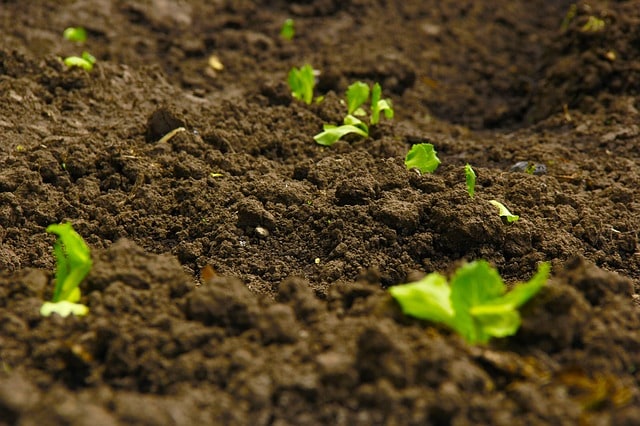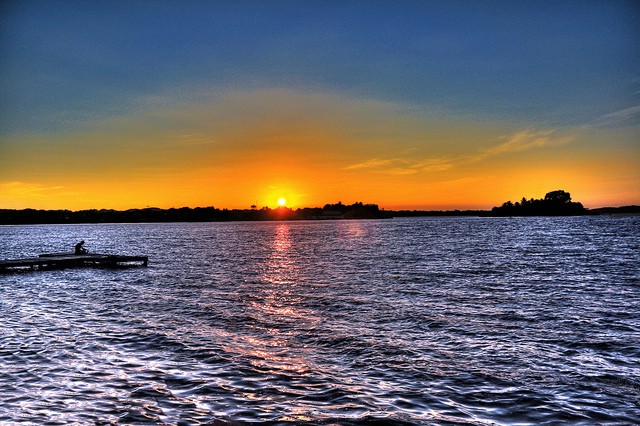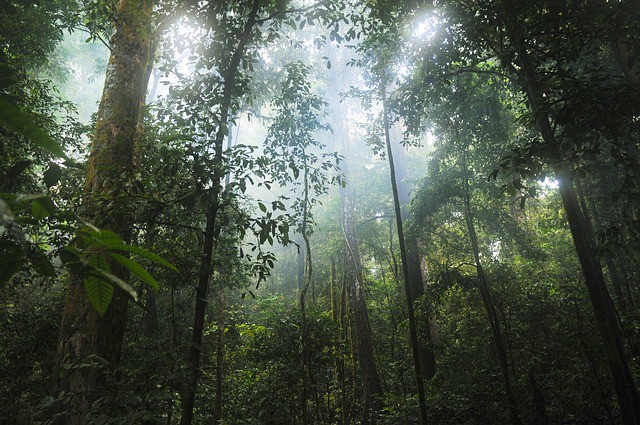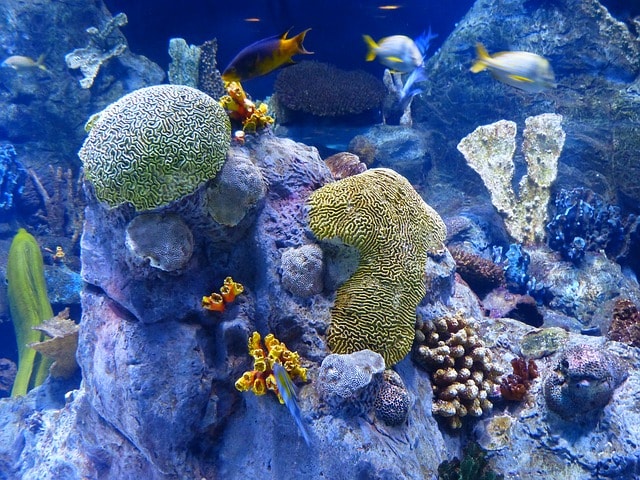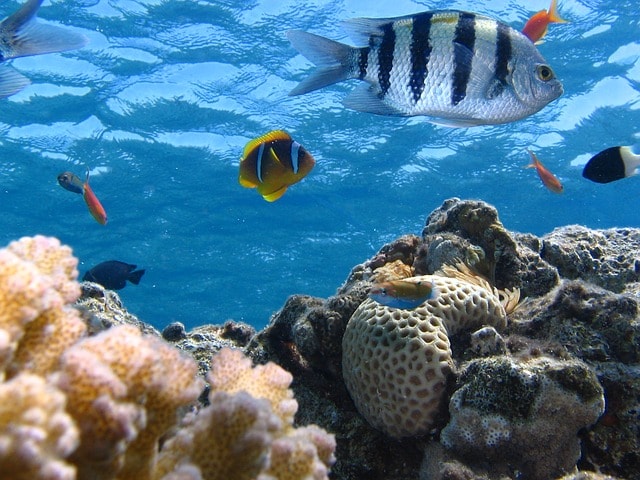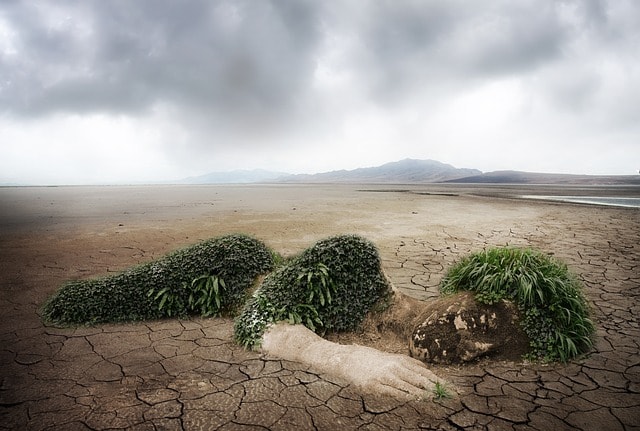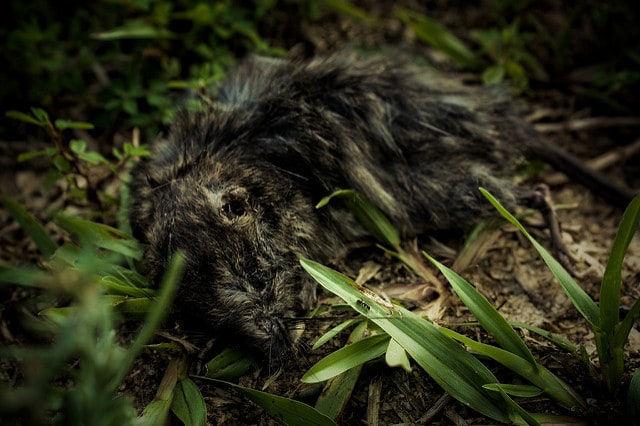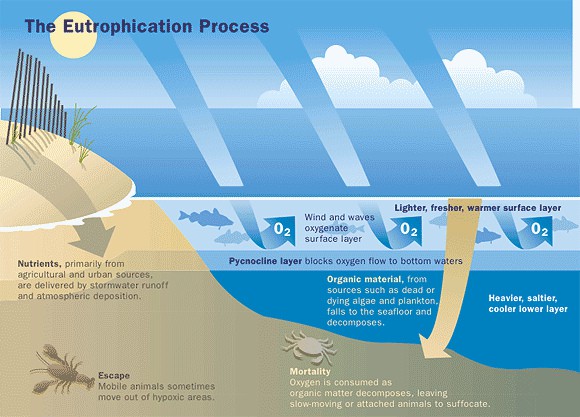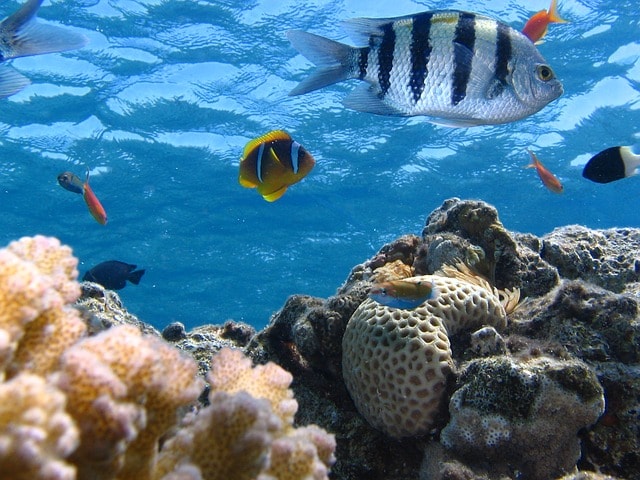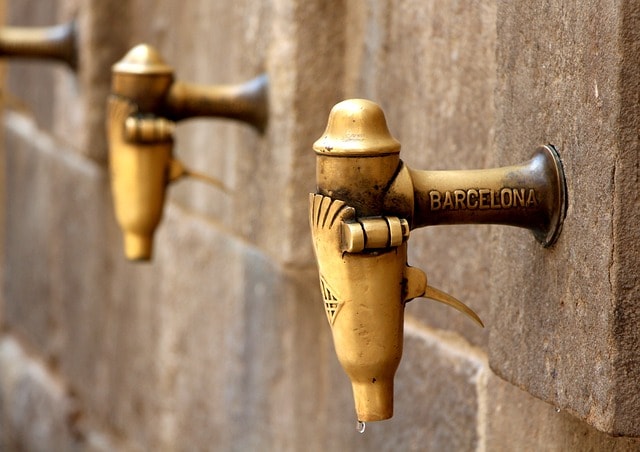Causes, Effects and Solutions of Marine Habitat Loss and Destruction
The marine habitat destruction and loss is where the marine environment or the ecological set up is unable to support life due to degradation. This is a process that is contributed by various natural and human activities. Most countries have had the opportunity to stock marine animals and plants. Countries such as North and South…


